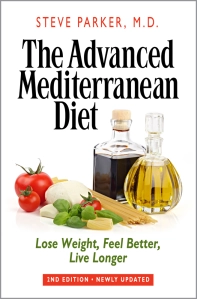Julia Belluz has interesting article at Vox regarding low-fat and low-carb diet success over the course of 12 months. Her focus is on a few individuals who participated and were outliers.
As I read this, I was reminded that successful long-term weight management starts and ends in the kitchen. It also took me back to 2009, when I determined that low-carb diets were just as legitimate as low-fat.
I don’t recall the author mentioning the typical pattern with 12-month weight loss studies: most folks lose significant weight in the first few month, then at six months they start gaining it back. Cuz they go back to their old eating habits. Sure, diets don’t work………..if you don’t follow them.
From Ms. Belluz:
As a longtime health reporter, I see new diet studies just about every week, and I’ve noticed a few patterns emerge from the data. In even the most rigorous scientific experiments, people tend to lose little weight on average. All diets, whether they’re low in fat or carbs, perform about equally miserably on average in the long term.
But there’s always quite a bit of variability among participants in these studies.Just check out this chart from a fascinating February study called DIETFITS, which was published in JAMA by researchers at Stanford.
The randomized controlled trial involved 609 participants who were assigned to follow either a low-carb or a low-fat diet, centered on fresh and high-quality foods, for one year. The study was rigorous; enrollees were educated about food and nutrition at 22 group sessions. They were also closely monitored by researchers, counselors, and dietitians, who checked their weight, waist circumference, blood pressure, cholesterol, and other metabolic measures throughout the year.
Overall, dieters in both groups lost a similar amount of weight on average — 11 pounds in the low-fat group, 13 pounds in the low-carb group — suggesting different diets perform comparably. But as you can see in the chart, hidden within the averages were strong variations in individual responses. Some people lost more than 60 pounds, and others gained more than 20 during the year.
Read the whole thing. It’s not long.
Source: Why do dieters succeed or fail? The answers have little to do with food. – Vox
The DIETFITS Trial


























